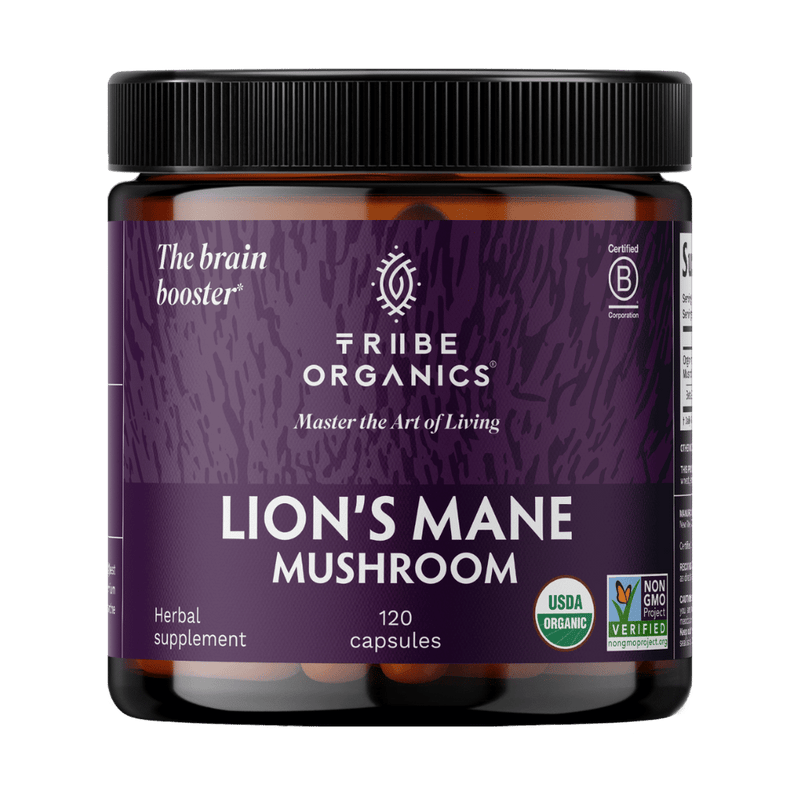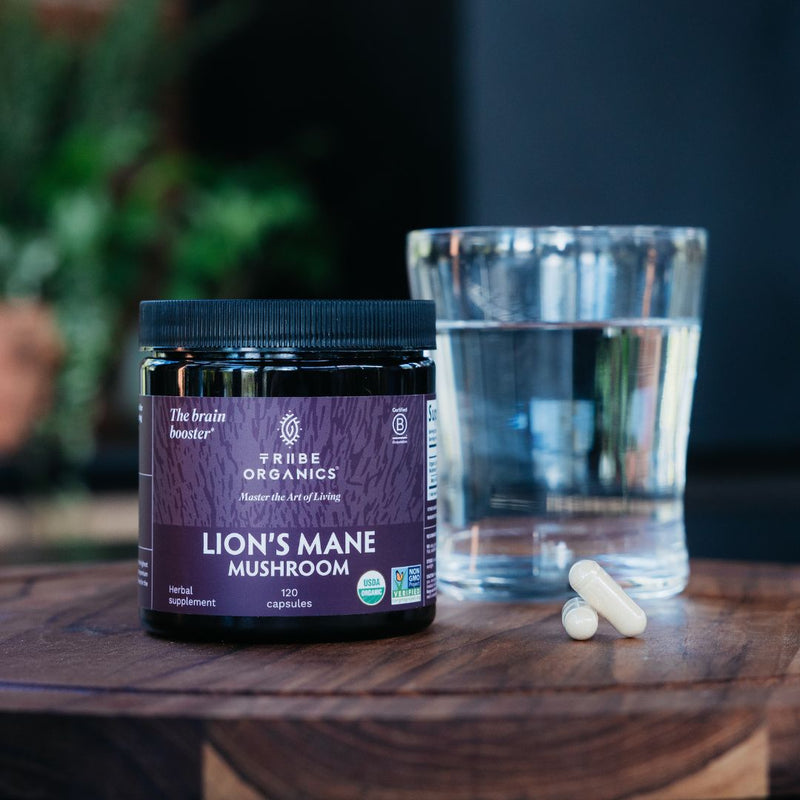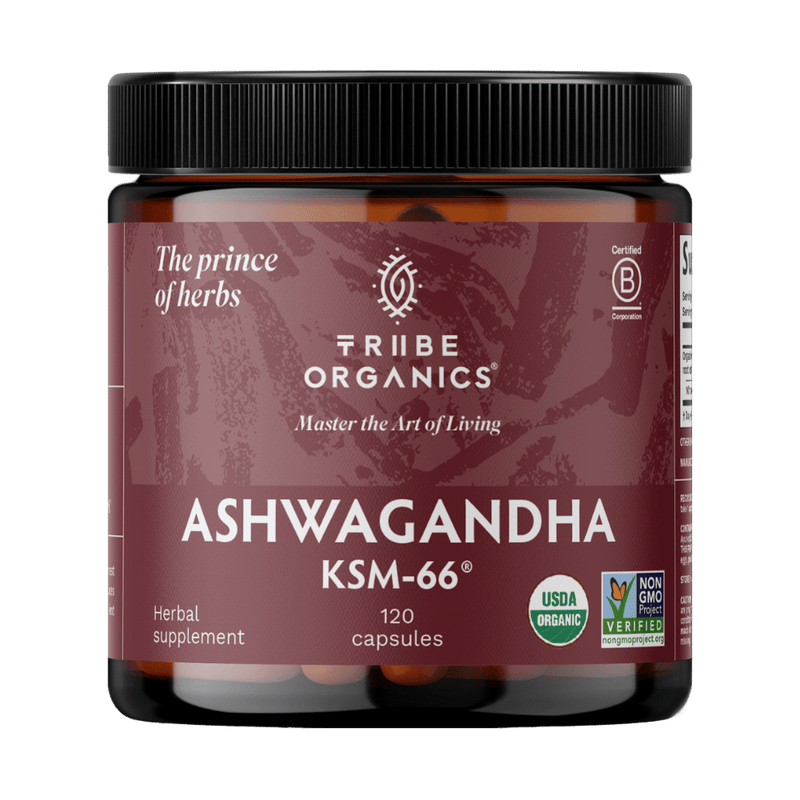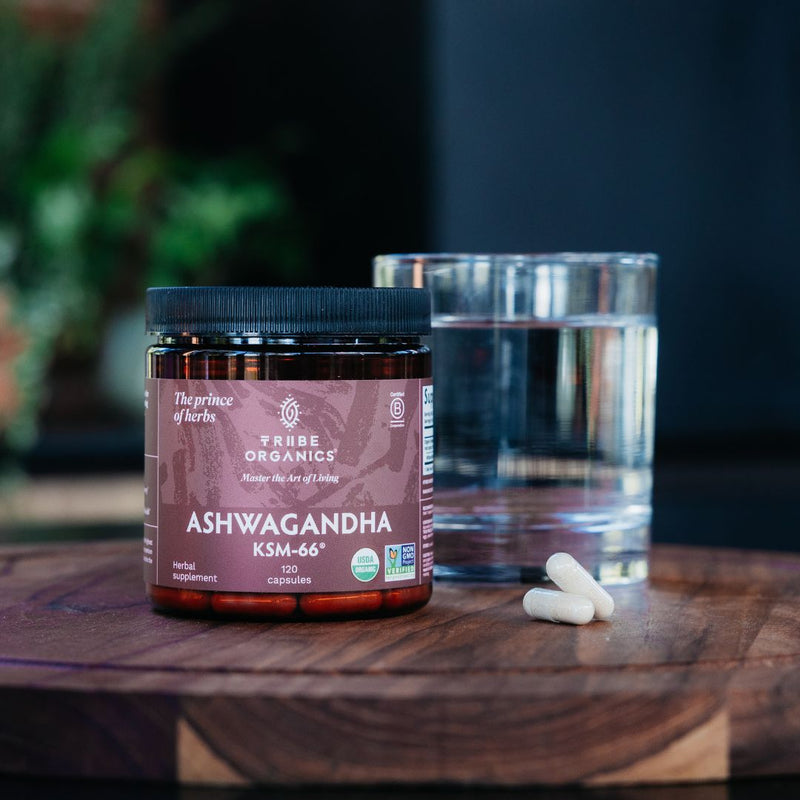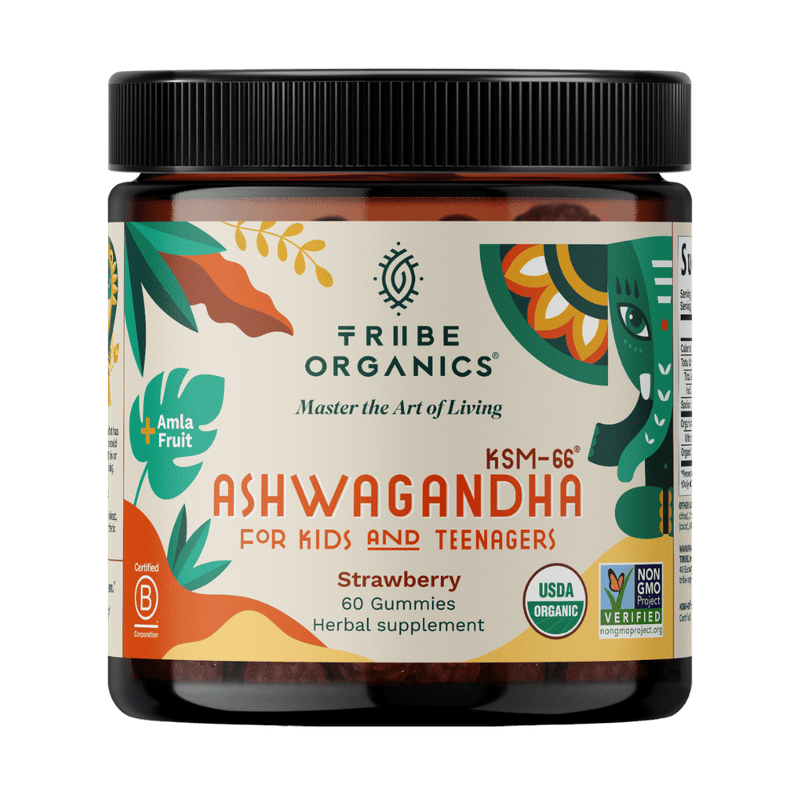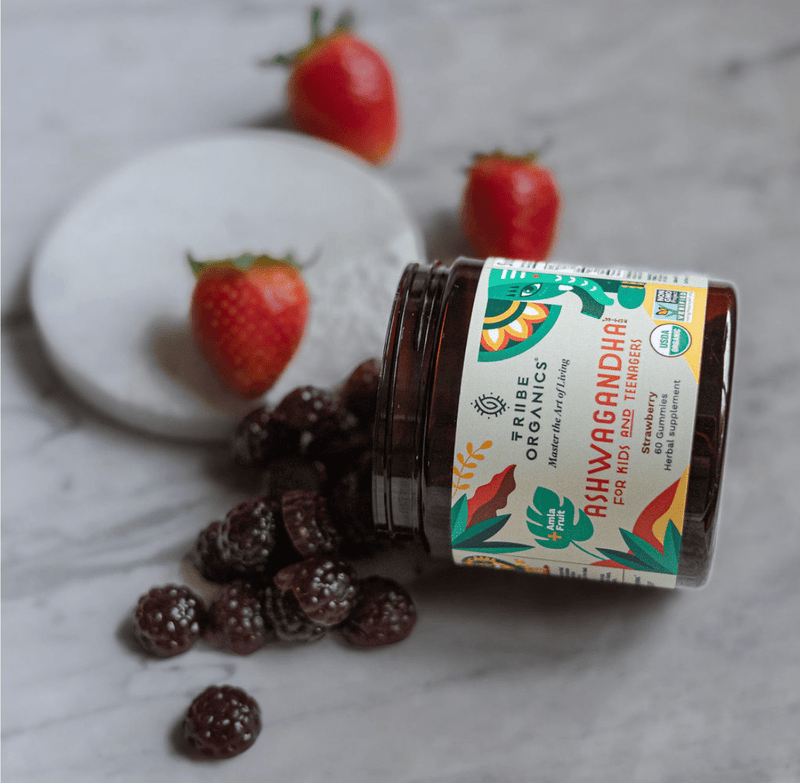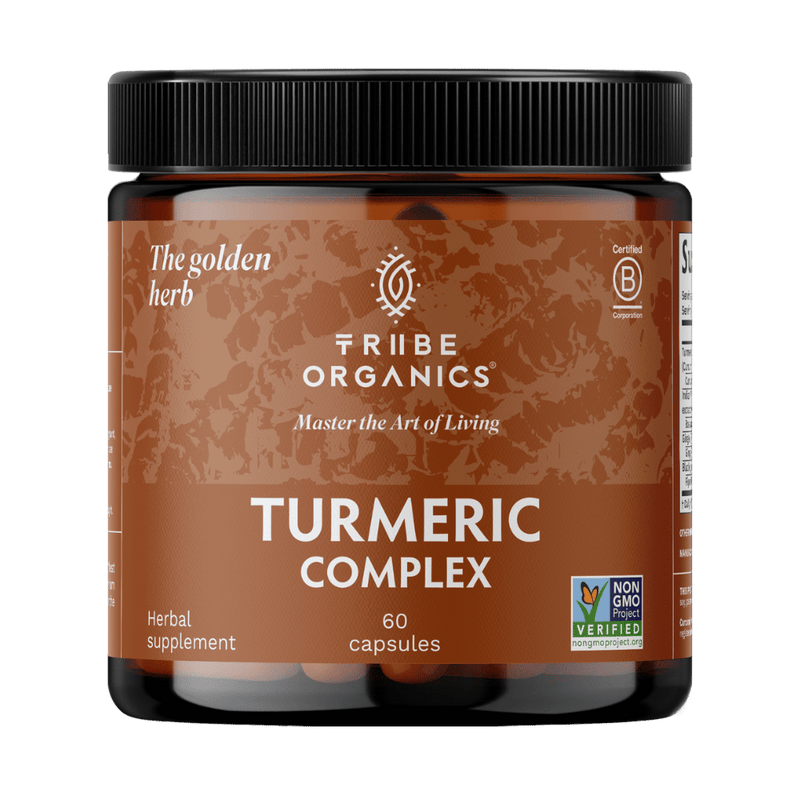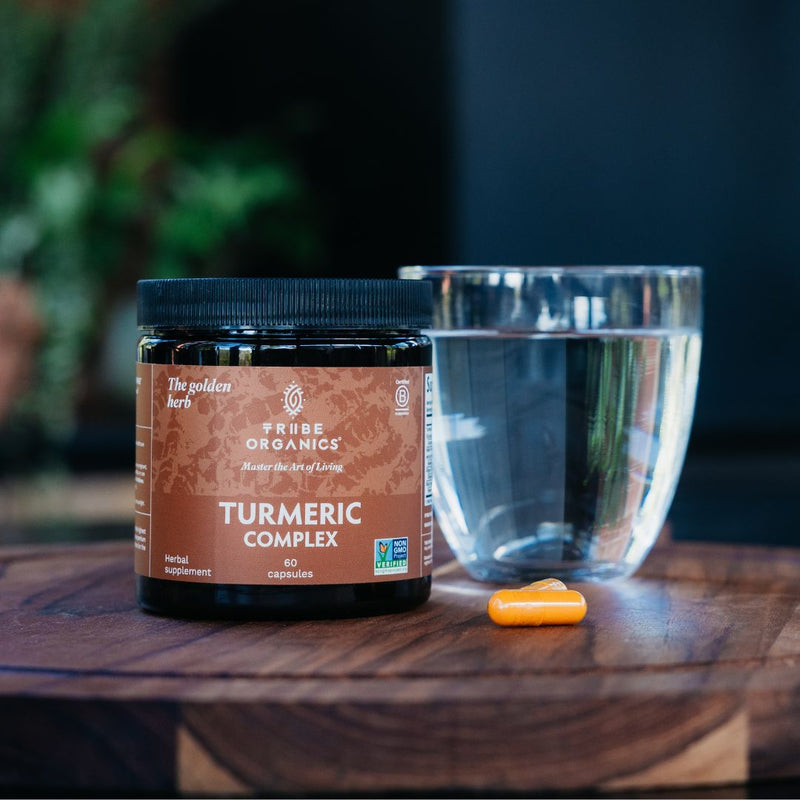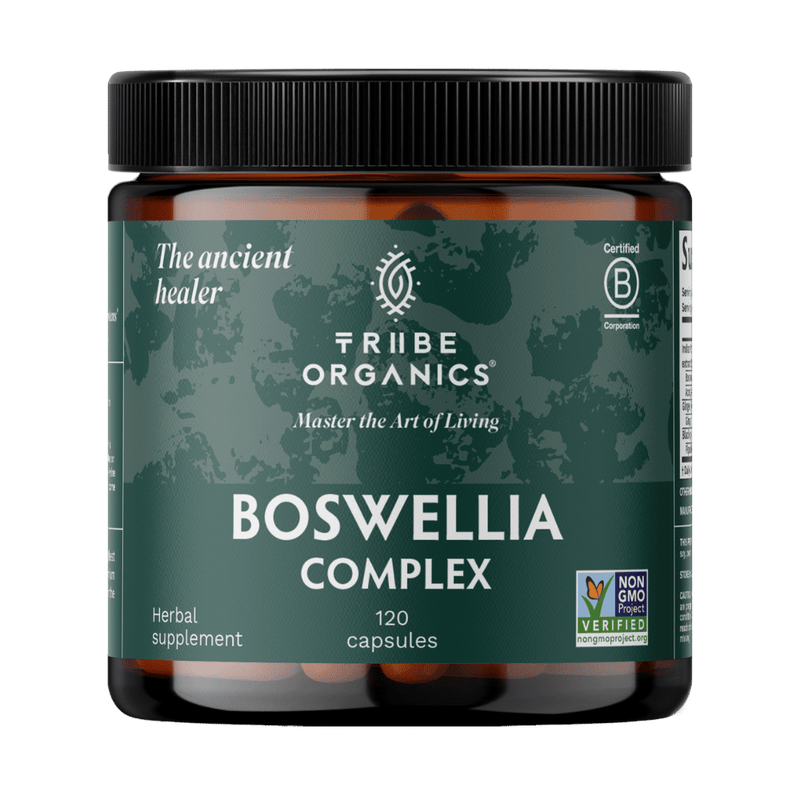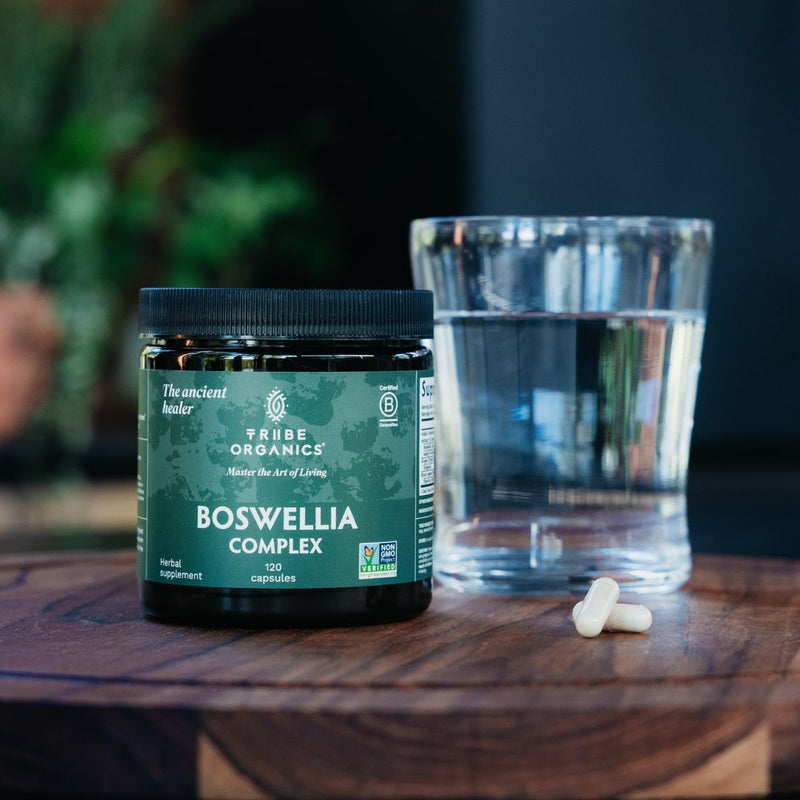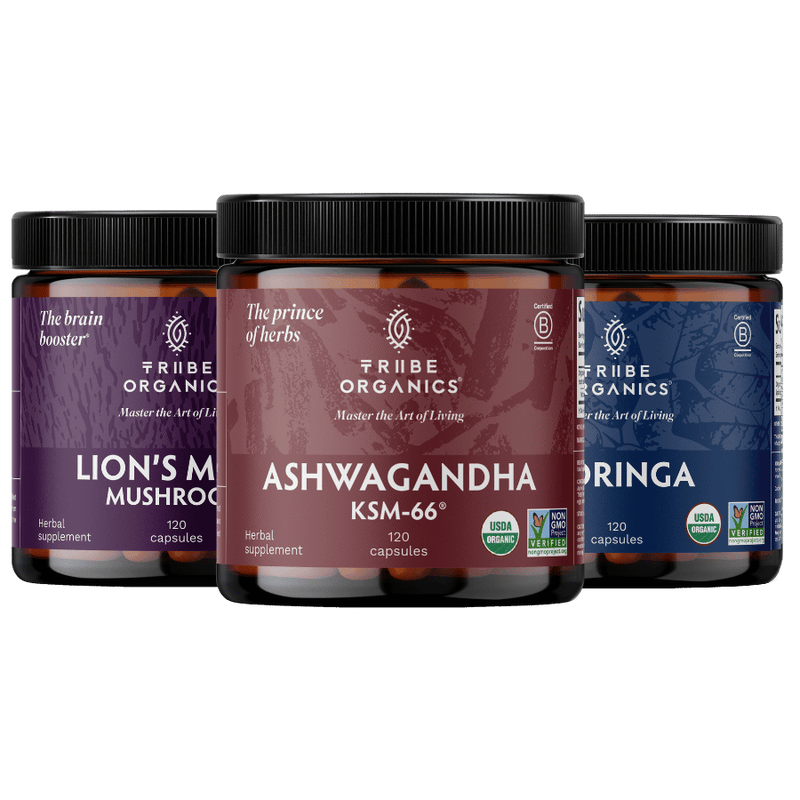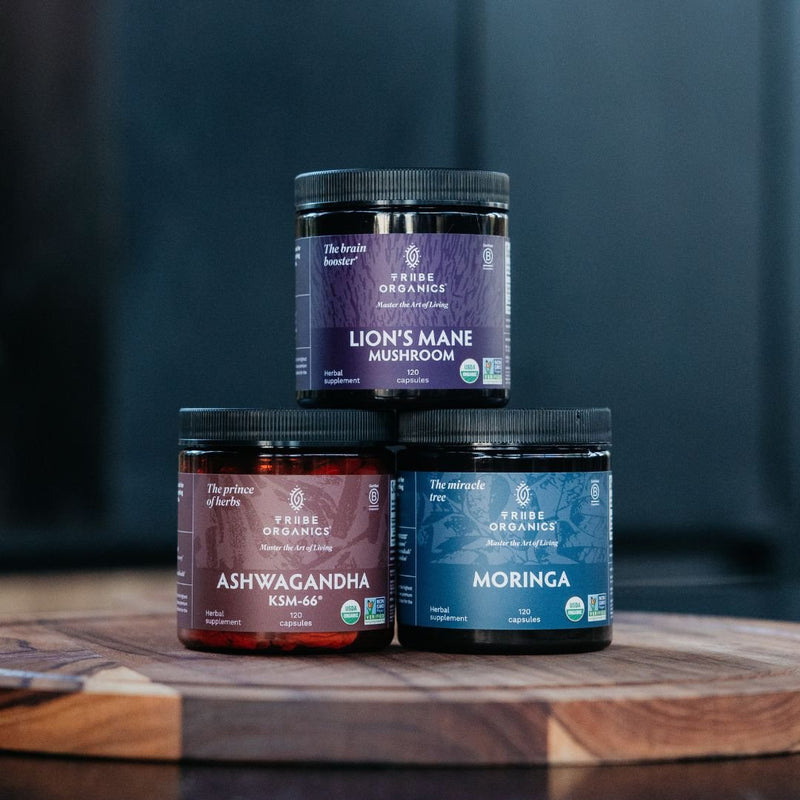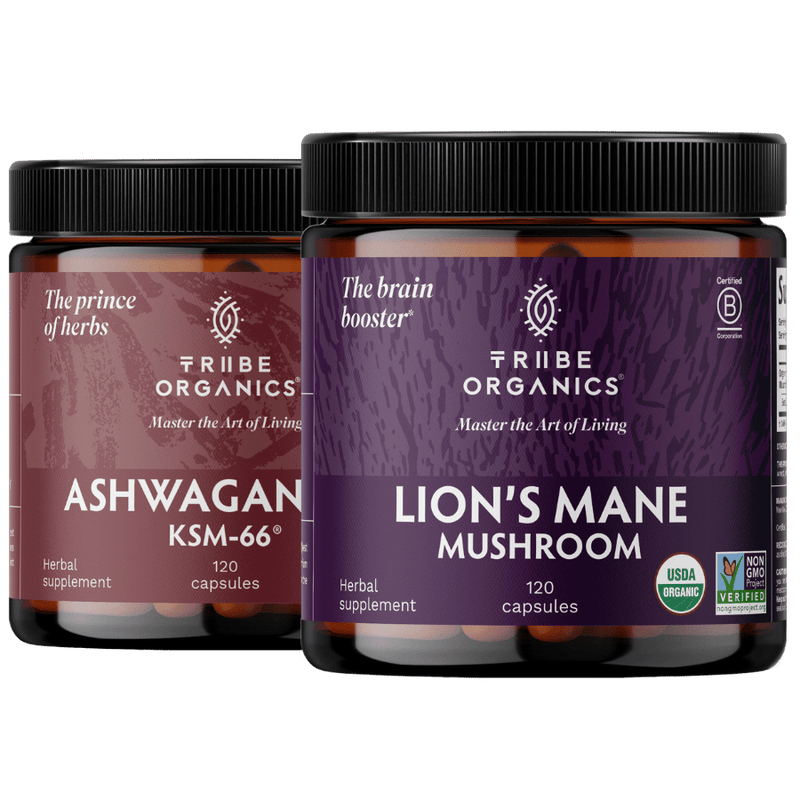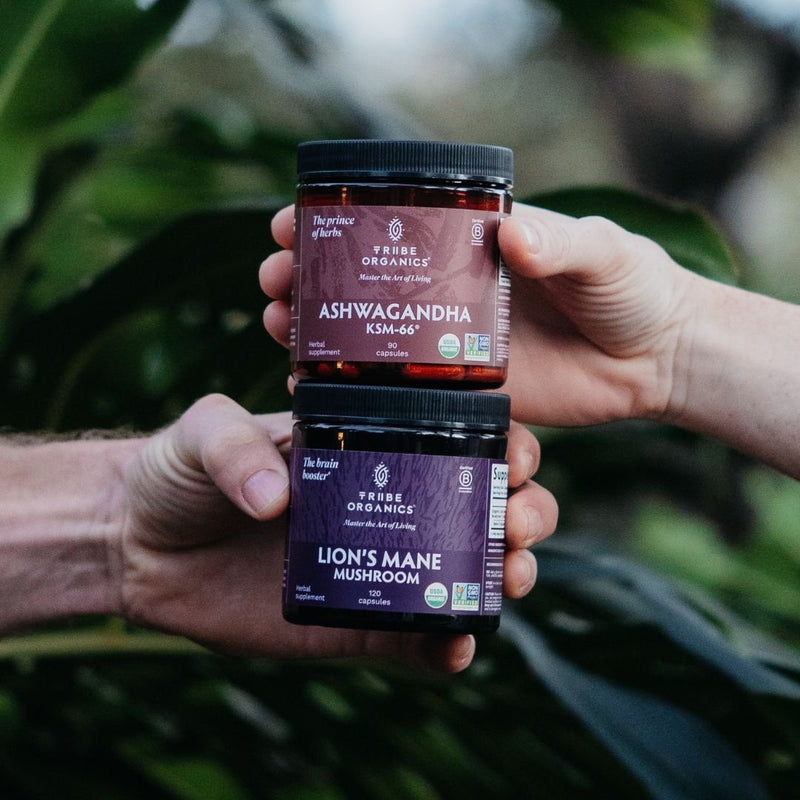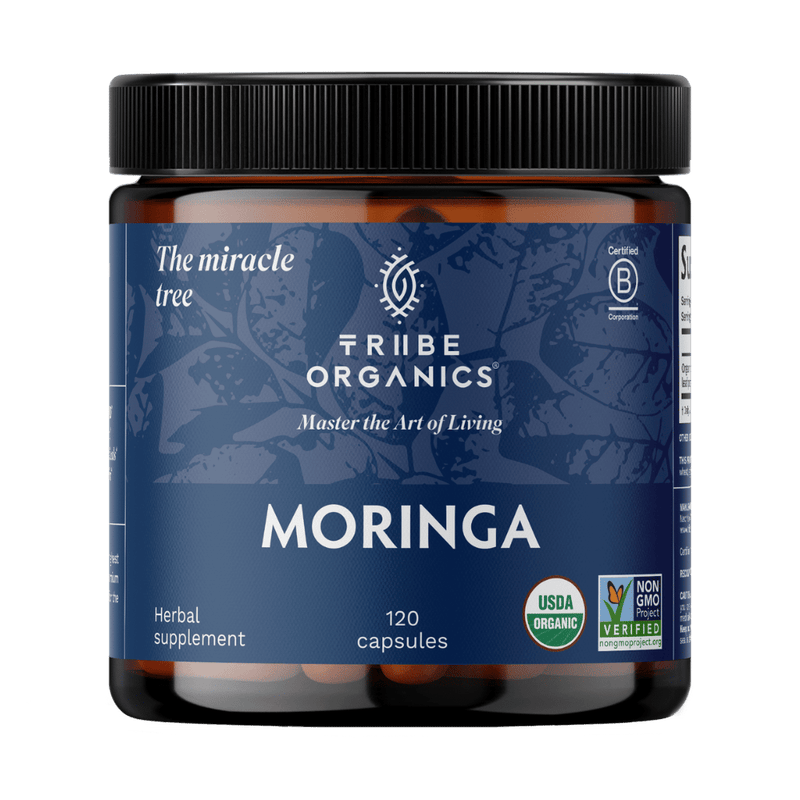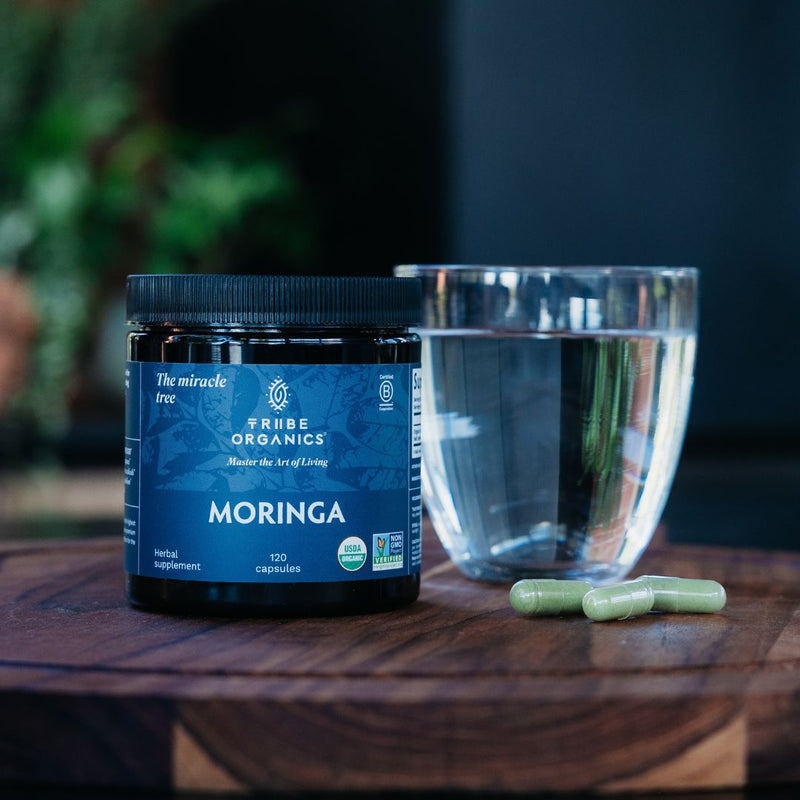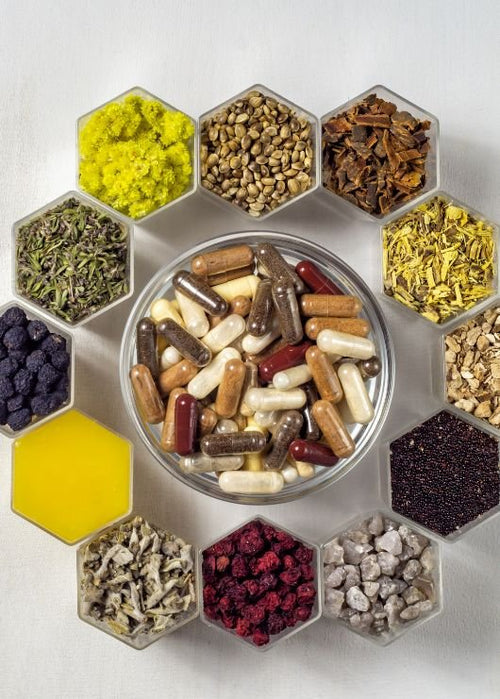When you are considering taking natural supplements, you might find yourself spending a lot of time considering what supplements are right for you. But not everyone stops to consider what brands are the best. Any brand can say they are selling an Ashwagandha supplement, but how do you know if you are getting 100% Ashwagandha or a low potency Ashwagandha blend? Simple - by looking at the supplement label panel. Not sure what the label is trying to tell you? That’s okay, check out this dietary supplement labeling guide to learn exactly what your supplement label is telling you about your supplements.
The FDA regulates all dietary supplements. Just like the Nutrition Facts label on your food, that you may sometimes or always ignore, supplements are required to provide supplement facts on their Supplement Facts Panel to determine the ingredients along with their quantities to let customers know all about what's inside. Learning how to read these will let you know if you are getting natural supplements or if you are getting low-quality blends that will not provide the intended benefits to the desired degree.

Supplement Facts: Serving Size
The first thing on the supplement facts section of the label is the serving size. This should correspond to the suggested dosage and the number of capsules in the package. For example, if there are 120 300 mg capsules in the package and the serving size is listed as 2 capsules, the servings per container should be 60 and the recommended dosage should reference 2 capsules or 600 mg in some way.
In addition, this will determine the reference point for the rest of the label. Any time you see a percentage or quantity throughout the rest of the supplemental facts section it will refer to the percentage or quantity as it relates to that serving size.
Supplement Facts: Percentage of Daily Value (if an ingredient has one)
In line with each ingredient listed on the label, you will see a column labeled “percentage of daily value” or “%DV.” This will tell you the amount of daily nutrients one serving accounts for, according to a 2,000 calorie diet.
This section is what is going to tell you the actual quality of the product. If there is less than 5% daily value, it is low in that nutrient. However, if it is above 20% it is considered high in that nutrient. Most herbal
Supplement Facts: “Key Ingredient Potency” or “Proprietary Blends”
The biggest part of the supplemental facts label is generally the ingredients section. Sometimes this section will be labeled as “key ingredient potency” or “proprietary blends”. This tells you what ingredients were used in the manufacturing of the supplement. If you are looking for natural supplements such as Ashwagandha, you should expect to see only one ingredient listed here. If you are looking for a complex or multivitamin, on the other hand, you will want to pay close attention to the blend of ingredients used and the daily values listed to determine the actual blend used.
In Tribe Organic’s labels, we provide not only the ingredient in this section but also the ingredient details. For example, on our Vegan Ashwagandha label, we identify the key compounds identified in the plant that provide benefits. This includes the type of extract (Vegan Ashwagandha root extract) and compounds such as 5% Withanolides.
Other Ingredients
The Ingredient Statement section, commonly called “Other Ingredients” is generally underneath the supplement facts panel. This identifies any additional ingredients used to create the finished product such as the compounds of the capsules used, additives, fillers or binders used to hold ingredients together.
Allergens
This section can also generally be found either under the supplement facts section or to the side of it. This section is important for anyone with any kind of allergies. It may surprise you what kinds of allergens can be found in supplements. For example, our full-spectrum ashwagandha contains trace amounts of milk which is used to process the root to increase the impact of fortifying cells.
Manufacturing Details
This section will identify important facts about the manufacturing process and facilities. This might include what region or country it was manufactured in or certifications that the manufacturing facility holds.
Storage
This section will tell you the best way to store your supplement after opening to maintain maximum efficiency. This can be especially important for sensitive products. This might include important details about not only where the best place to store the product is but also places that it should not be stored such as near heat.
Warnings
This section will contain important warnings that are required by the FDA or provided by the company. This might include statements such as “consult with your doctor before use if you are pregnant or may become pregnant” or “keep out of reach of children”.
FDA approval
Finally, you will usually see a box at the very bottom of the label that will identify if a product's labels and warnings have been approved by the FDA or not. Remember that all products licensed for sale must not contain substances that are unapproved by the FDA. Meaning that this box is purely referring to the information provided in the additional information section on the label, not the contents of the product.
Additional Terminology
Finally, somewhere on the label, you may see various small seals or pictures with a single word under them such as organic, kosher, or gluten. Let’s take a closer look at common seals that may appear on supplement labels that you may want to be aware of.
- Organic: Supplements that contain only National Organic Program certified ingredients can have the organic seal.
- Non-GMO: Supplements that have not been genetically modified can have the Non-GMO seal.
- Gluten: Supplements that contain gluten must provide the gluten seal to notify those who might have allergies.
- Kosher: Supplements that do not contain non-kosher ingredients can have the kosher seal.
- GMP Facility: Supplements that were manufactured in a pharmaceutical grade facility can contain the GMP facility seal. This means they adhere to Good Manufacturing practices regulated by the FDA.
- Third-party Tested: Supplements that undergo external testing to prove potency, purity, or FDA compliance can contain the third-party tested seal.
- Made in the USA: Supplements that were manufactured in a United States facility can have the Made in the USA seal.
- Natural: Supplements that do not contain any synthetic additives such as preservatives or synthetic coloring can have the natural seal.
- Food-based: Supplements that are derived from dehydrated food products can have the food-based seal, however, these products most-likely also contain synthetic ingredients.
Now that you know exactly what each section of the Supplement Facts Panel means, you are more aware to make a better product selection when you are shopping for natural supplements.
Shop best sellers
Explore our collection of favorite items that have gained popularity for their quality and satisfaction.



